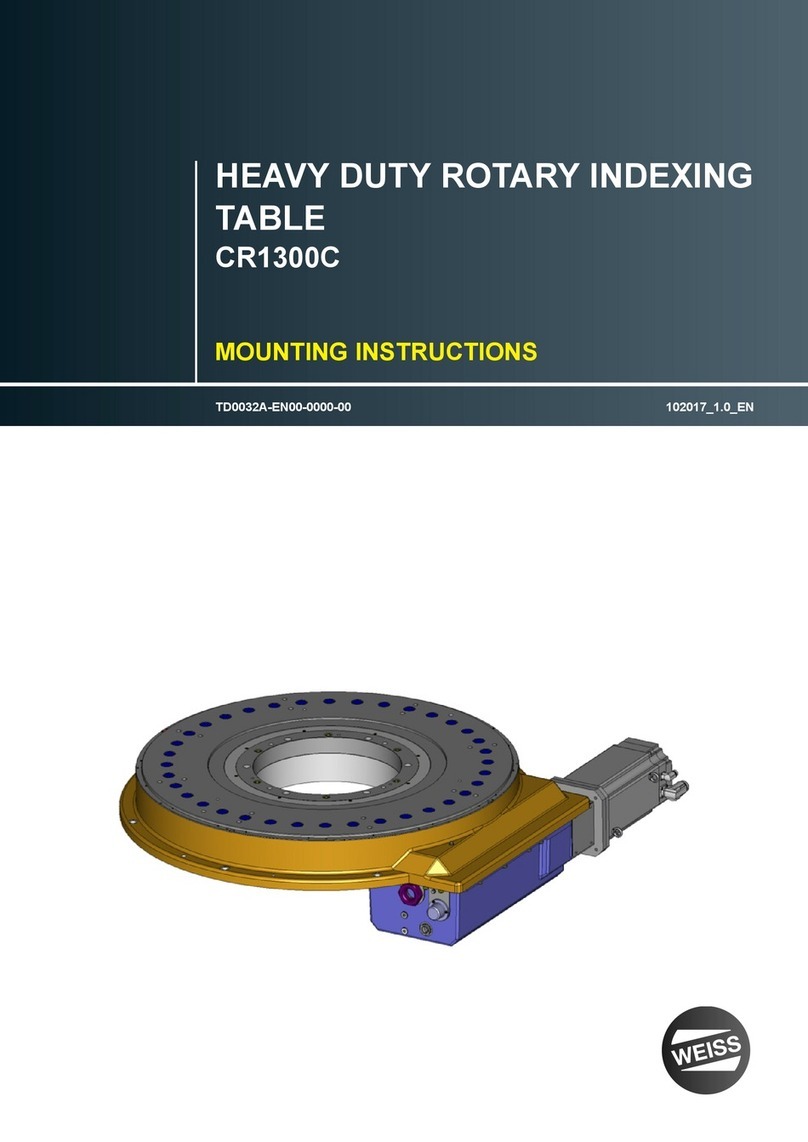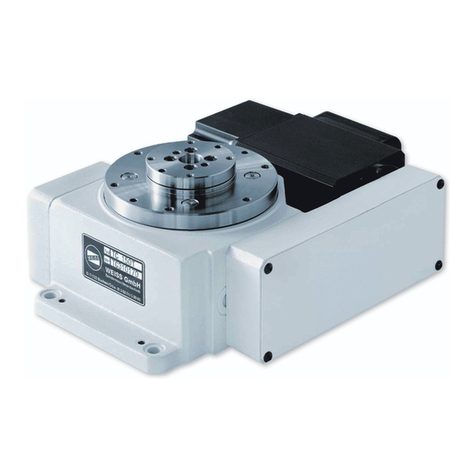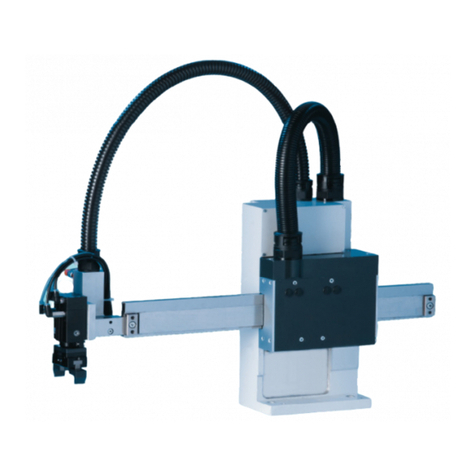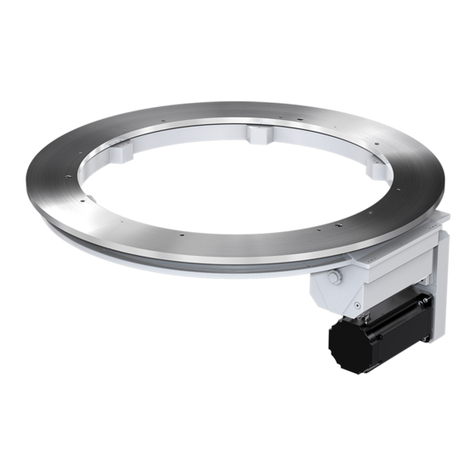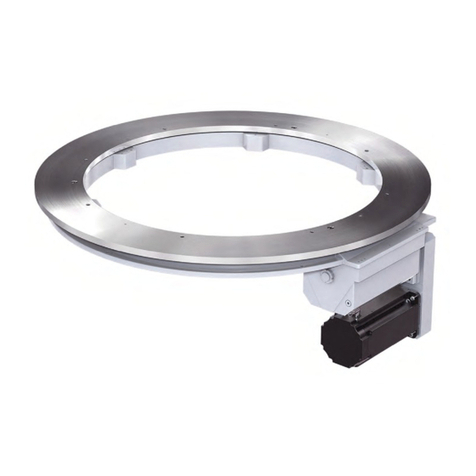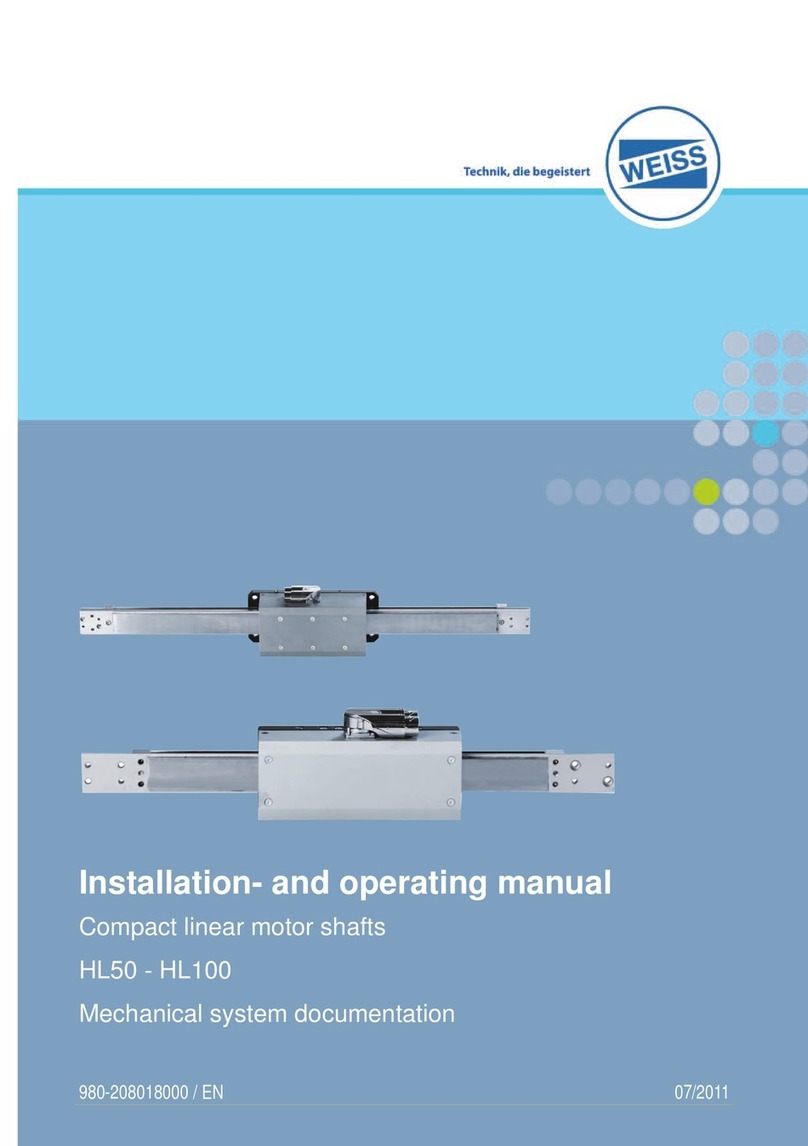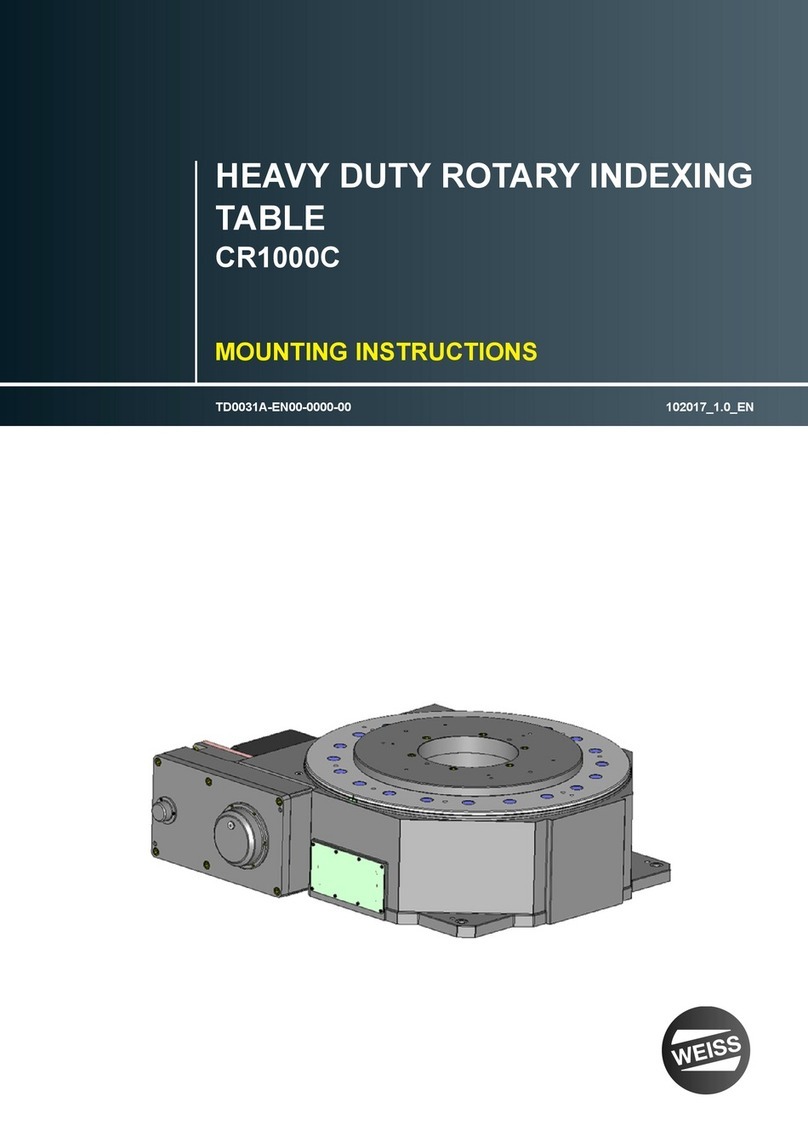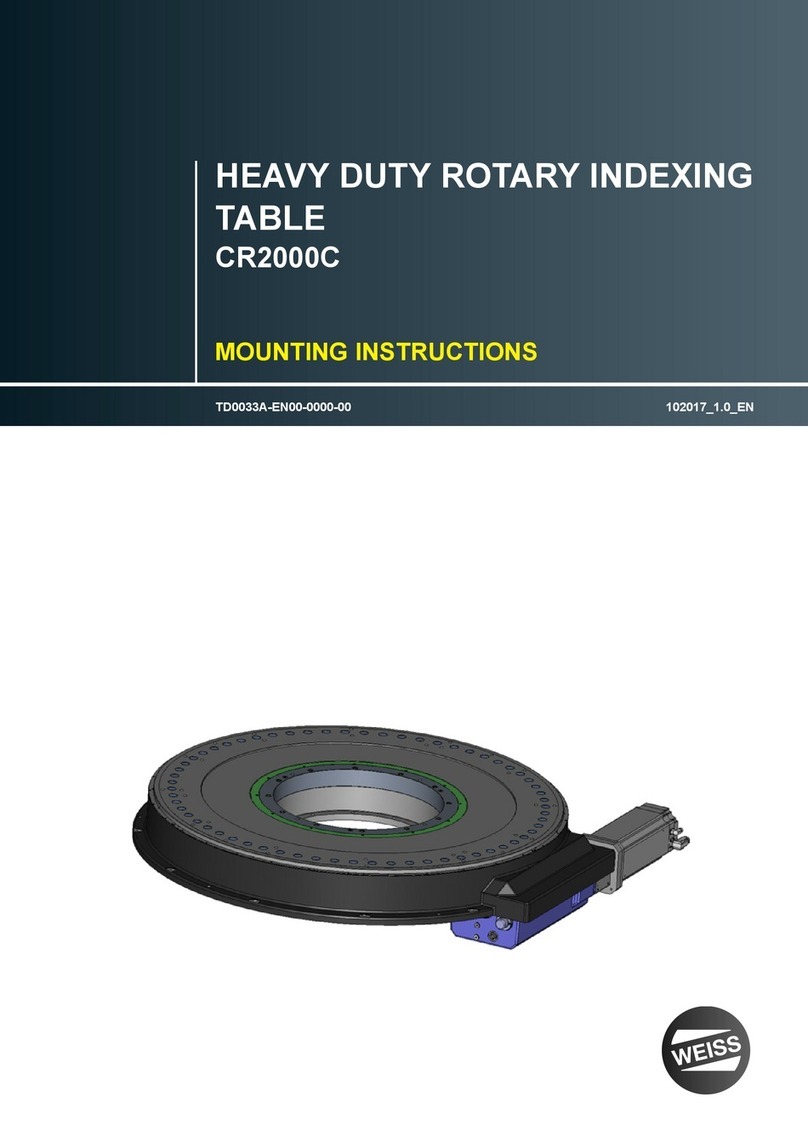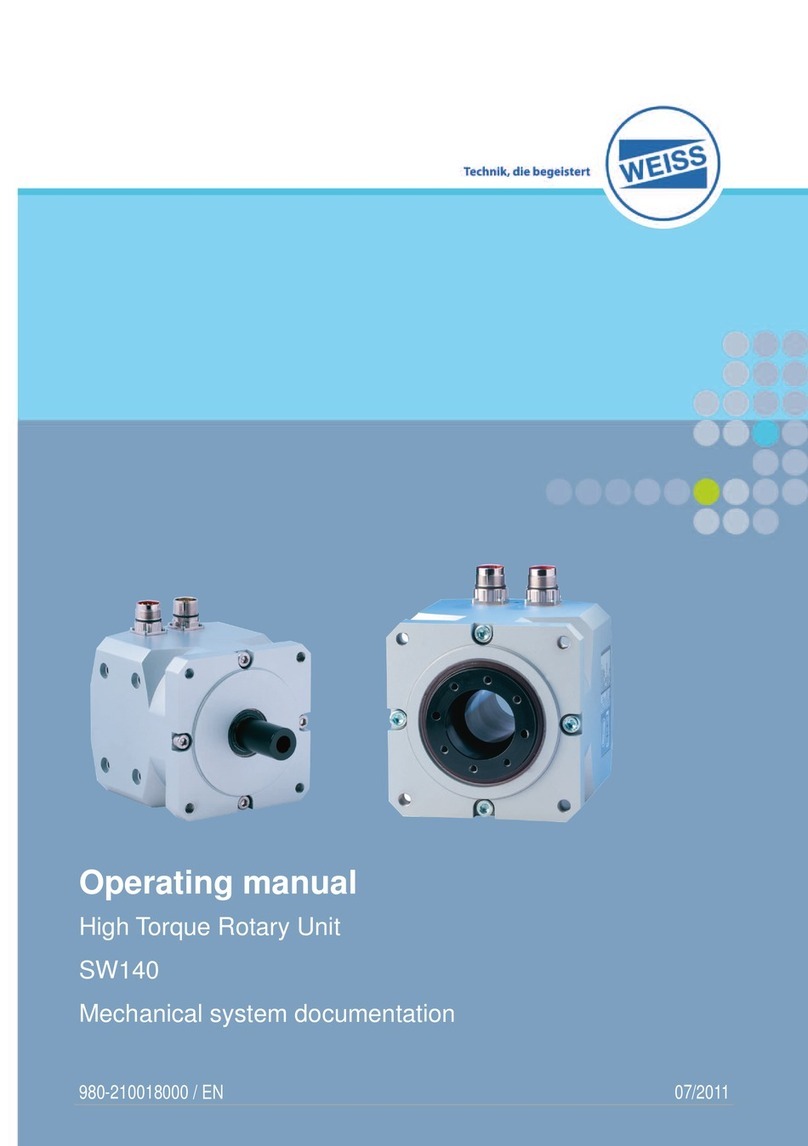
Pick-O-Mat • PM1100 / PM1500 • R02-2014 3/44
Table of contents
1. Introduction ........................................................................................................... 5
1.1. Definition ..................................................................................................... 5
1.2. Intended use ................................................................................................ 5
1.3. Non-intended use ........................................................................................ 5
1.4. Laws / EC Directives / Standards .............................................................. 5
1.5. Further applicable documents ................................................................... 6
1.6. Assembly and instructions manual .......................................................... 6
1.6.1. Definition ....................................................................................................... 6
1.6.2. Explanation of safety instructions in this manual .......................................... 7
1.6.3. Legend .......................................................................................................... 7
1.6.4. Figures .......................................................................................................... 7
1.6.5. Directory of valid pages ................................................................................ 7
1.7. Warranty and liability .................................................................................. 7
2. Safety ..................................................................................................................... 8
2.1. Fundamental safety instructions ............................................................... 8
2.1.1. Operator‘s obligation to exercise diligence ................................................... 8
2.1.2. Requirements to be met by personnel .......................................................... 9
2.2. Safety equipment for the machine ............................................................ 9
2.3. Residual hazards ...................................................................................... 10
3. Product description ............................................................................................ 11
3.1. Structure .................................................................................................... 11
3.2. Function ..................................................................................................... 12
3.2.1. Complete module ........................................................................................ 12
3.2.2. Lift module .................................................................................................. 12
3.2.3. Press module .............................................................................................. 12
3.3. Movement sequence ................................................................................. 13
3.4. Crash safety .............................................................................................. 14
3.5. Technical data ........................................................................................... 14
3.5.1. General technical data ................................................................................ 14
3.5.2. Type plate ................................................................................................... 14
3.5.3. Scope of delivery ........................................................................................ 15
3.5.4. Weight ......................................................................................................... 15
3.5.5. Sound level ................................................................................................. 15
3.5.6. Strokes ........................................................................................................ 15
3.5.7. Ambient conditions ...................................................................................... 15
3.5.8. Installation positions .................................................................................... 16
3.5.9. Dimensions ................................................................................................. 17
4. Transport ............................................................................................................. 18
4.1. Appliances and auxiliary equipment approved for transportation ...... 18
4.1.1. Transporting of the packed machine ........................................................... 18
4.1.2. Transporting of the unpacked machine ....................................................... 19
4.2. Transport damage ..................................................................................... 19
4.3. Intermediate storage ................................................................................. 20
5. Installation ........................................................................................................... 21
5.1. Safety during installation ......................................................................... 21
5.2. Installation prerequisites ......................................................................... 21
5.2.1. Installation preparation ................................................................................ 22
5.2.2. Operating media / Auxiliary media / Tools .................................................. 22
